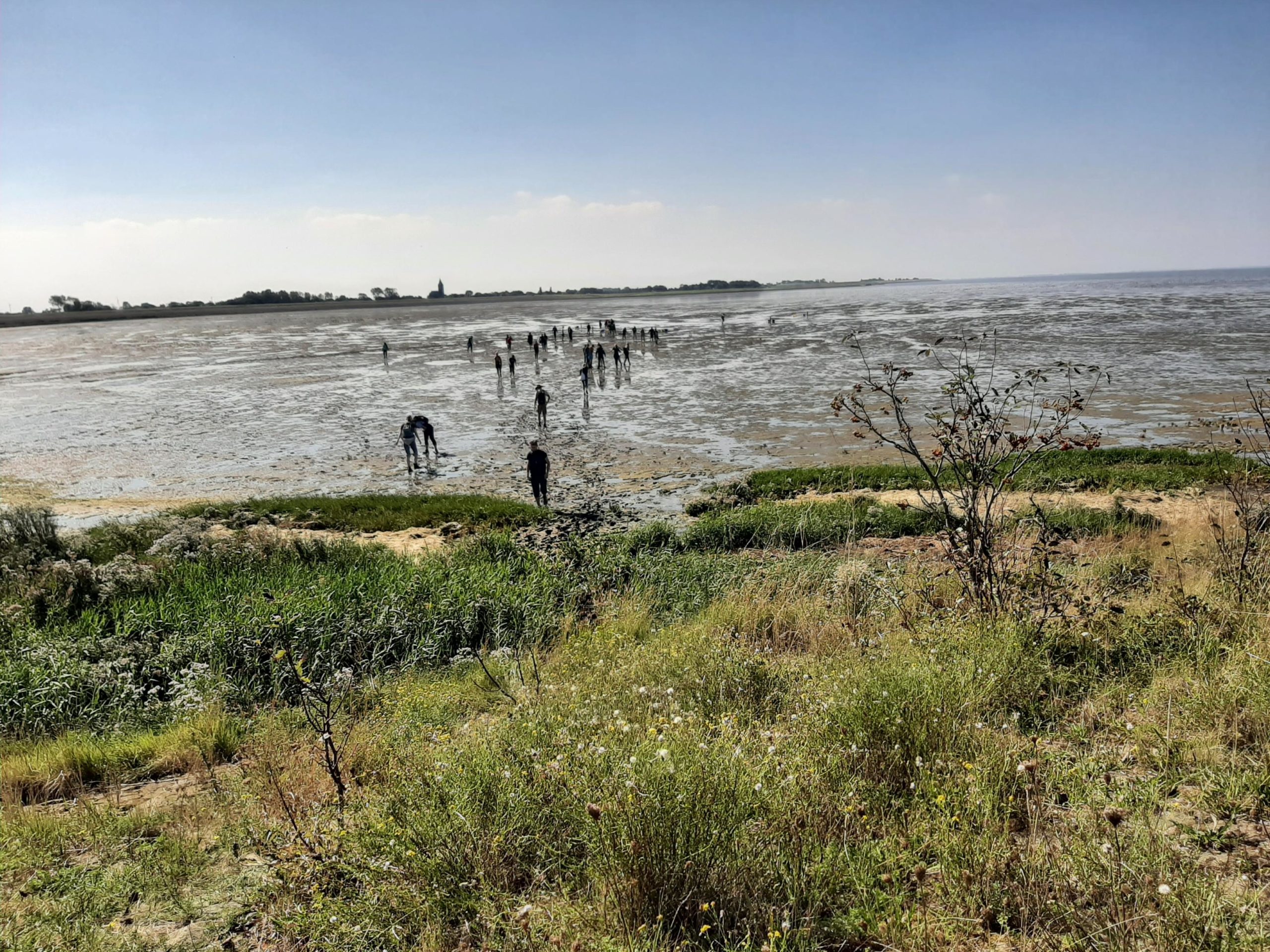During the course design, there was hope that the first generation would yield fifty students. Before the summer, it became clear that a considerably larger group of about ninety first-year students was to be expected. The number of registered students is, in fact, 110.
The programme’s popularity meant that the timetable had to be adjusted one week before the start of the academic year, says programme director Karen Fortuin. ‘The number of students for the new course Introduction to Marine Sciences exceeded the lecture hall’s capacity because there are also other students who have opted for the course. As a result, the course was pushed from two in the afternoon to four-thirty just one week before the start.’
Fortuin herself delivered the first lecture. ‘I was pleasantly surprised by the active participation and enthusiasm the student displayed even at this late hour. The students are committed, and that is great. This is a positive start both for the students and the teachers. So yes, it is crowded, but starting off like this is also great.’
No competition?
Marine Sciences is the first university bachelor focusing on the marine domain. The enrolments appear to have no effect on the number of students in Biology and Environmental Sciences, Fortuin says. ‘We thought those programmes would be competitors within WUR. But that effect appears limited. Enrolments in those programmes are similar to those of last year. That, too, is positive.’

 During their first field trip in Den Oever, newly enrolled Marine Sciences bachelor students observed sludge at low tide. Dagmar Fehrmann
During their first field trip in Den Oever, newly enrolled Marine Sciences bachelor students observed sludge at low tide. Dagmar Fehrmann 

